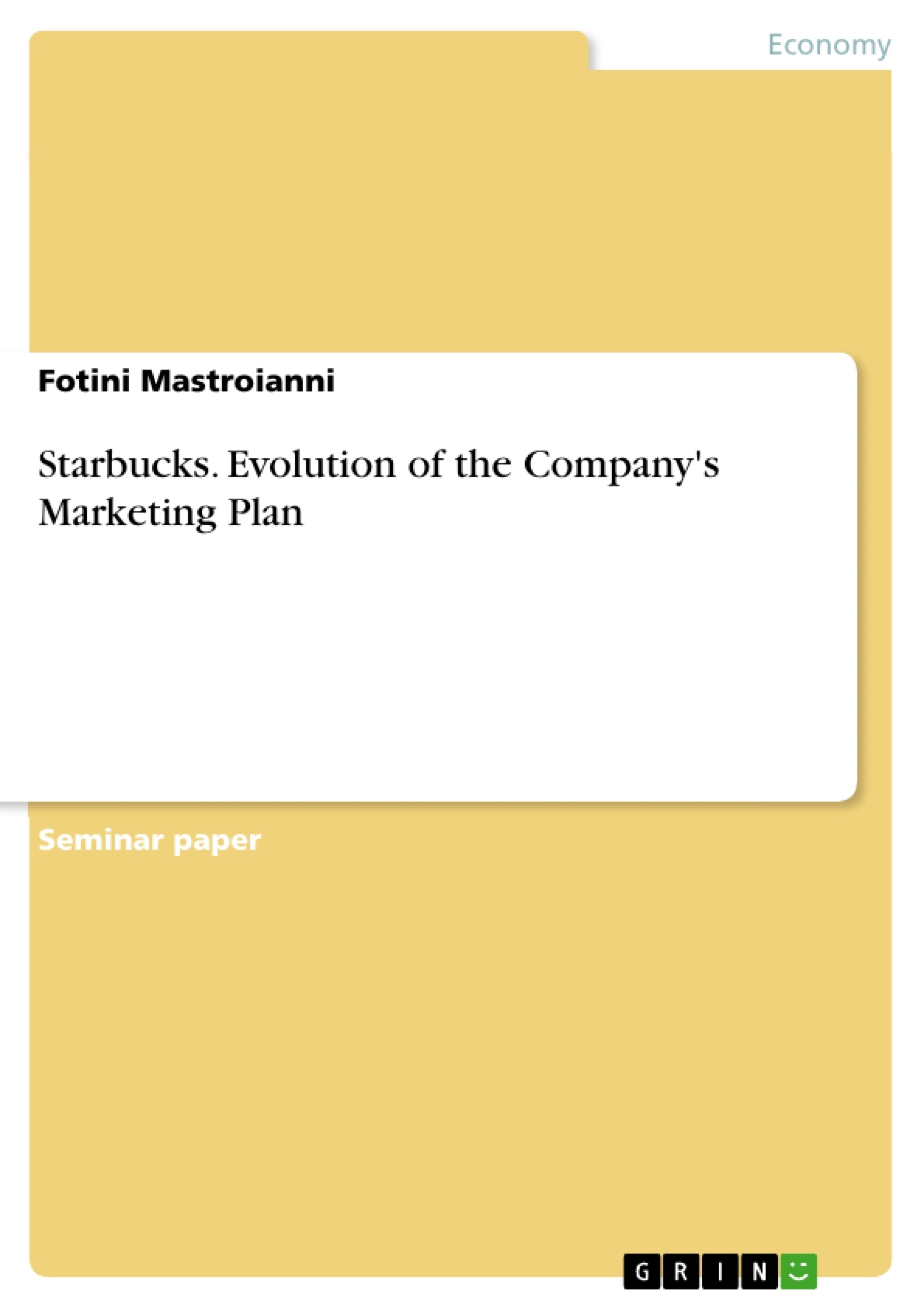Starbucks is known for the qualitative variety of its products, the exclusive and friendly environment, the helpful and very polite personnel, the information and training on the products and the participation of management in building relationships with customers.
Starbucks offers more than 16 blends and types of coffee made of coffee beans Arabica, a large variety of beverages prepared instantly, teas, freshly baked pastries, chocolates, savoury delicacies, sandwiches, salads, etc. Also, at Starbucks a customer can buy coffee specialty products such as coffee machines espresso, coffee grinding machines, mugs and other items related to coffee and tea and CDs, which are original proposal gifts. Despite this wide array of products, Starbucks founder Howard Schultz, in February 2007, decided to close 600 Starbucks stores.
This paper examines several reasons that may be advanced for the company's decline, concluding that it would not have happened if Starbucks had stayed in their original form of combining the exclusive cafe with the friendly atmosphere and staff, and above all, good quality coffee.
The paper then goes on to explore the changes that the company has made in its marketing strategy since the decline in 2007 as well as the risks and potential benefits from competition, such as best practice examples of marketing in other countries, specifically in Greece.
Table of Contents
- Situation analysis
- Product line extension
- Instant coffee data
- Starbucks Via Market Strategy
- Customer profile and SWOT analysis
- Competition
- Marketing Objectives
- Financial Objectives
- Target Marketing
- Positioning
- Customer Service
- Advertising
- Marketing Mix
- Individual critical reflection
Objectives and Key Themes
This text examines Starbucks' efforts to revitalize its brand and navigate a challenging market environment. It delves into the company's response to declining sales and the rise of competition, specifically through the introduction of Starbucks Via instant coffee.
- The impact of Starbucks' rapid growth and expansion on brand value
- The strategic considerations behind Starbucks' decision to launch a product line extension in the form of instant coffee (Starbucks Via)
- The market for instant coffee, particularly in Europe and the United States
- The challenges of maintaining brand image and positioning while introducing a lower-priced product line
- The implications of competition from other coffee retailers like McDonald's and Dunkin Donuts
Chapter Summaries
The first chapter details the situation analysis of Starbucks, highlighting the company's success, its challenges, and its plans to revitalize its brand. The second chapter focuses on Starbucks' product line extension strategy, specifically the launch of Starbucks Via instant coffee. The third chapter presents data on the instant coffee market, including its size and consumer preferences in various countries.
Keywords
The text focuses on the core concepts of brand management, product line extensions, market analysis, consumer behaviour, competition, and the impact of economic factors on business strategies, particularly in the context of the coffee retail industry. Key terms include Starbucks, Starbucks Via, instant coffee, brand revitalization, competitive landscape, market segmentation, and consumer preferences.
- Arbeit zitieren
- Fotini Mastroianni (Autor:in), 2010, Starbucks. Evolution of the Company's Marketing Plan, München, GRIN Verlag, https://www.grin.com/document/345121



